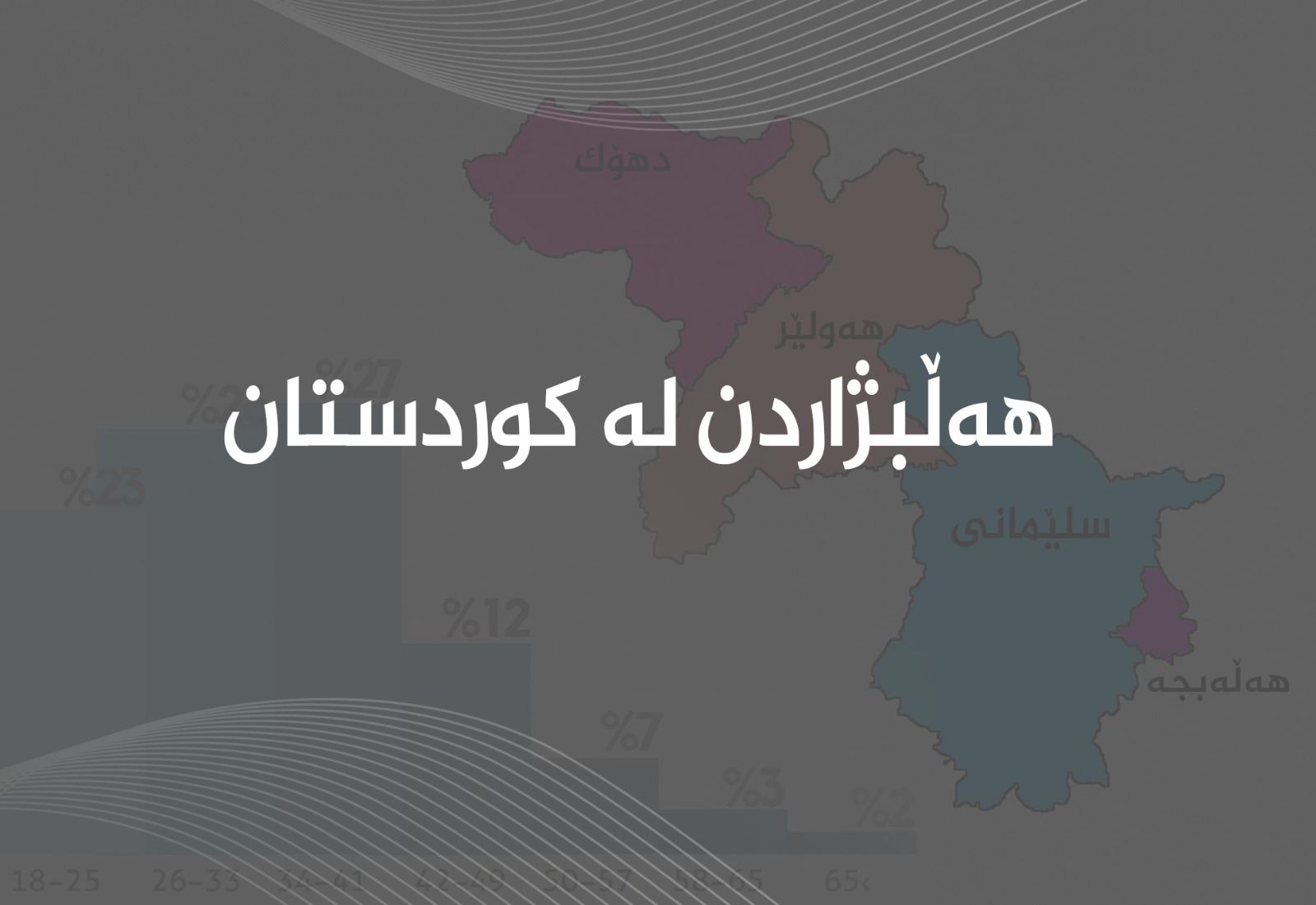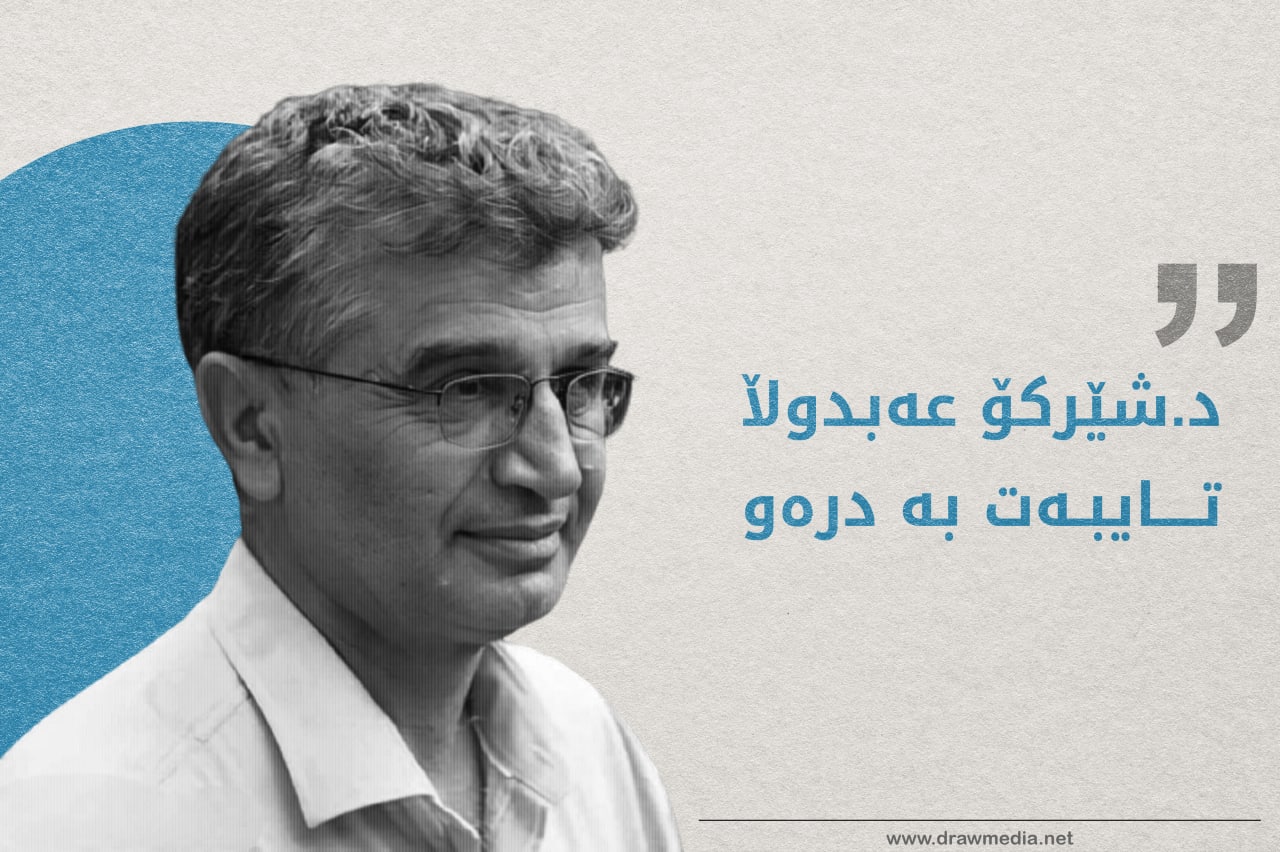Why Turkey is changing tactics in Syria and Iraq
.jpg)
2022-12-15 11:44:59
Operation Claw-Sword, a coordinated campaign against Kurdish armed groups, marks a new phase in Ankara's strategy
Draw Media, Middle East Eye.
The Turkish military launched air strikes last month against Kurdish armed groups in northern Syria and northern Iraq, marking a new phase in Turkey’s strategy beyond its own borders.
While the campaign has been described as retaliation for the 13 November bombing on Istanbul’s Istiklal Avenue, which killed six people and wounded dozens more, the latest military operation is more than just reactive. Indeed, the timing, scope, objectives and methodology of Operation Claw-Sword all point to a paradigm shift in Turkey’s strategy to counter the Kurdistan Workers’ Party (PKK) and their Syrian affiliate, the YPG.
According to Turkey’s defence ministry, the strikes destroyed 89 targets in Syria and Iraq, including shelters and ammunition depots. The onslaught came just days after Ankara accused the PKK of carrying out the Istanbul bombing, charges the group has denied.
The military operation reportedly involved dozens of conventional aircraft and unmanned aerial vehicles (UAVs), supported by intensive artillery shelling. In Iraq, the barrage targeted Qandil, Asos and Hakurk; and in Syria, it hit Kobane, Tal Rifaat, Cizire, and Derik, Turkey’s defense ministry said.
Conventional aircraft did not enter Syrian airspace, with the Turkish military instead relying on air-to-ground munitions operated with accurate guidance kits. The UAVs played an important role in constant surveillance and instant engagement against sensitive targets where the Turkish Air Force did not risk deploying F-16s.
Conversely, in Iraq, the air force flew its F-16s - but the difference between Turkey’s routine strikes in northern Iraq and the latest campaign was both its intensity and its simultaneity with the offensive in Syria.
Indeed, Operation Claw-Sword reveals a new paradigm in Turkey’s strategy against the PKK and YPG, which can be observed at a strategic, operational and tactical level. At the strategic level, it involves simultaneous engagement in northern Iraq and northern Syria, using both air and artillery strikes, pointing to Ankara’s coordination against the perceived Kurdish threat in both countries.
At the operational level, the new paradigm involves the resumption of Turkey’s drive to remove the YPG from northern Syria - a process that relies on the optimisation of developments within the domestic, regional and international spheres.
In this regard, Turkey has almost achieved its objectives with Operation Claw-Lock, launched this past April to target PKK positions in northern Iraq. Now, Turkey seemingly aims to expand the “Claw” concept into Syria, in an effort to further destabilise Kurdish armed groups.
Finally, at the tactical level, the new paradigm involves the combination of weaponry to hit both targets in close proximity to the Turkish border, as well as sensitive strategic targets deeper into Syria and Iraq. The Turkish military is increasing its methods of engagement against Kurdish armed groups without a fully fledged ground offensive.
This increasingly aggressive engagement structure will likely dominate and shape the conflict environment in northern Syria and northern Iraq until a new, comprehensive, cross-border deterritorialisation operation is launched in northern Syria.
Operation Claw-Sword has not ended, and it can be expected to continue - with changing intensity - in both Iraq and Syria, until the best opportunity presents itself to start a new cross-border military offensive. On its own, the Istanbul bombing did not provide a sufficient reason to launch such an operation, which would likely have begun anyway upon the conclusion of Operation Claw-Lock.
The attack, however, might have pushed Turkey to unveil its new combat strategy earlier than planned - and the current campaign is shaping the conflict environment for future ground operations.










.png)
.png)







.png)
.png)
.png)

.png)
.png)

